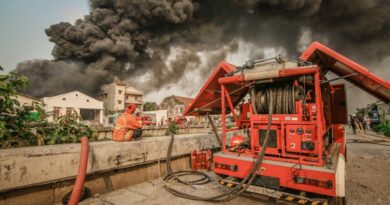The Role of Government in Air Quality Regulation
Did you know that over 4 million people die each year from outdoor air pollution? that’s a staggering number. Clean air is essential for our health, our environment, and our future. But who is responsible for ensuring that the air we breathe is safe? The answer lies largely with our governments. Lets explore how government plays a crucial role in air quality regulation.
Why Is Air Quality Important?
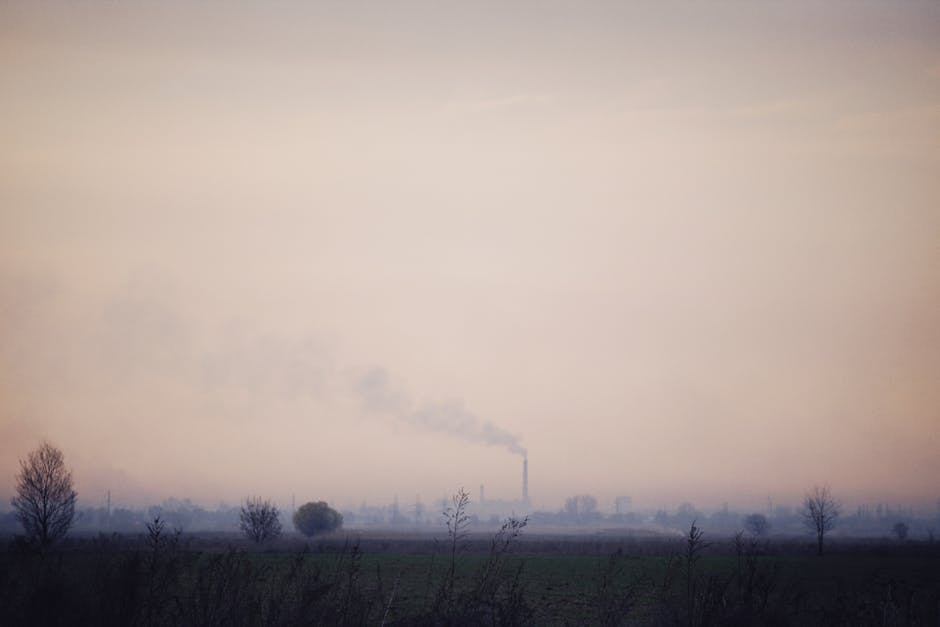
Air quality directly impacts our health. Poor air quality can lead to serious issues like asthma, lung cancer, and heart disease. It doesnt just affect people with pre-existing conditions; everyone can suffer from polluted air. Children and the elderly are especially vulnerable.
Additionally, air pollution harms our environment. It contributes to climate change, affects wildlife, and damages crops. When we talk about air quality, we often refer to pollutants like:
- Particulate matter (PM)
- Nitrogen oxides (NOx)
- Sulfur dioxide (SO2)
- Carbon monoxide (CO)
- Volatile organic compounds (VOCs)
With these pollutants in mind, it’s clear why regulation is so crucial. But how does government fit into this picture?
How Do Governments Regulate Air Quality?
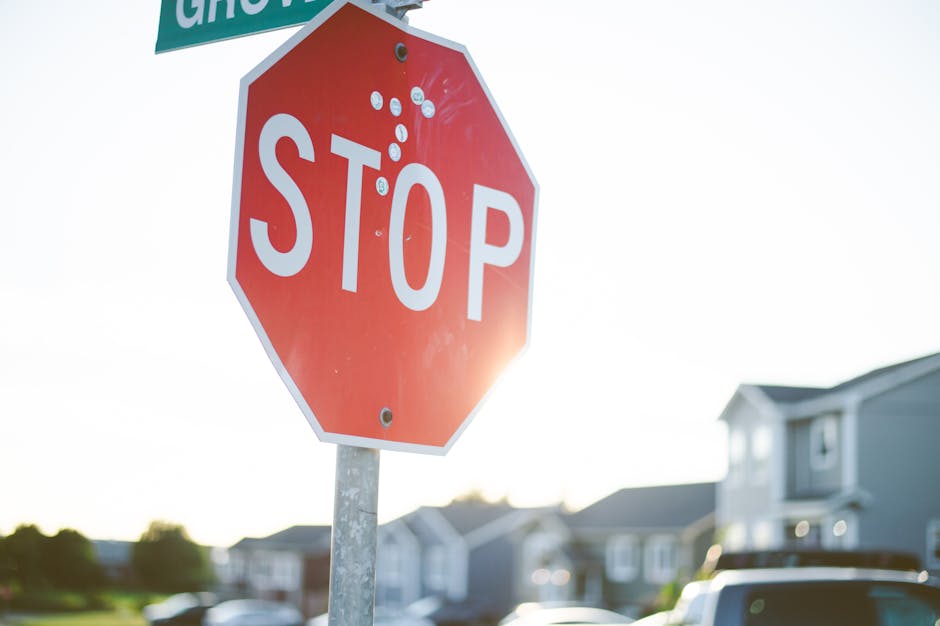
Governments at local, state, and national levels all have roles in regulating air quality. They set limits on pollutants and create policies to ensure we meet these standards. This process involves several key steps.
Setting Standards
First, governments establish air quality standards. In the U.S., the Environmental Protection Agency (EPA) sets these standards under the Clean Air Act. These standards define how much of a certain pollutant can be in the air.
Imagine this as a speed limit for air pollution. Just like driving too fast can be dangerous, exceeding pollution limits can harm our health. The EPA’s standards help to determine what is safe for us.
Monitoring Air Quality
Next, governments monitor air quality. They use a network of sensors and stations to track pollution levels in different areas. This data is crucial for understanding where problems exist.
For example, if a city has high levels of smog, officials can investigate further. They might look at traffic patterns, industrial emissions, or even local weather conditions. Monitoring provides the information needed to take action.
Enforcing Regulations
Once standards are set and monitored, enforcement comes into play. Governments can impose fines on companies that exceed pollution limits. They can also mandate changes in practices or technologies.
For instance, if a factory is emitting too much sulfur dioxide, regulators may require it to install scrubbers to clean the emissions. This is like forcing a car owner to fix a faulty exhaust system. It keeps harmful pollutants out of the air.
What Are Air Quality Control Programs?
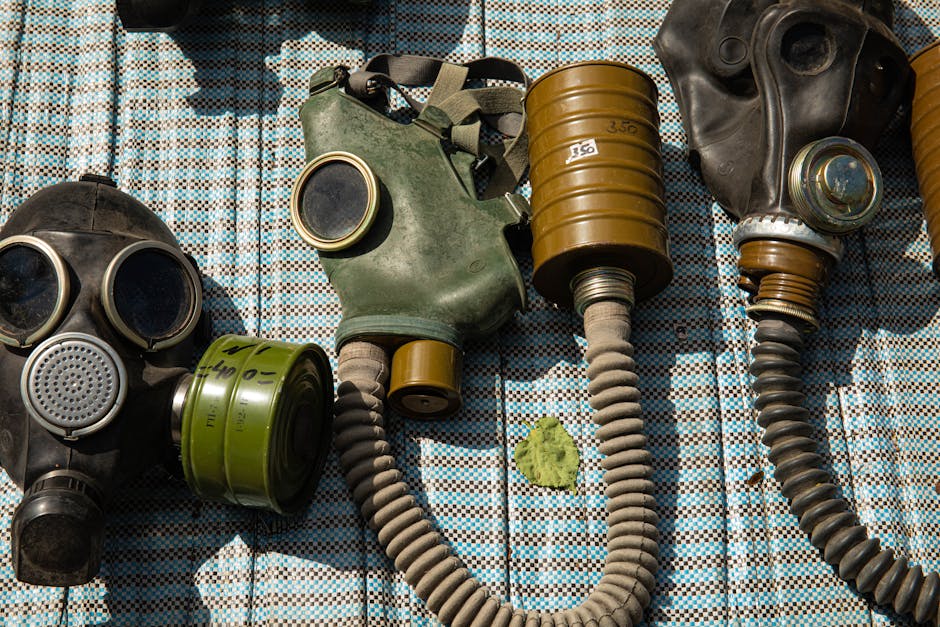
Governments often implement specific air quality control programs. These initiatives aim to reduce pollution in certain areas or from specific sources. Here are a few examples:
- Vehicle Emission Standards: These regulations limit the amount of pollution cars and trucks can emit. By setting stricter standards, the government encourages manufacturers to create cleaner vehicles.
- Industry Regulations: Industries must follow rules to limit emissions. These may include using cleaner technologies or switching to less harmful materials.
- Public Awareness Campaigns: Governments often promote programs to educate the public about air quality. For instance, they might encourage carpooling or public transportation to reduce traffic pollution.
These programs show that air quality regulation is not just about imposing rules. It’s also about working together with communities and industries to create cleaner air.
How Do Local Governments Contribute?
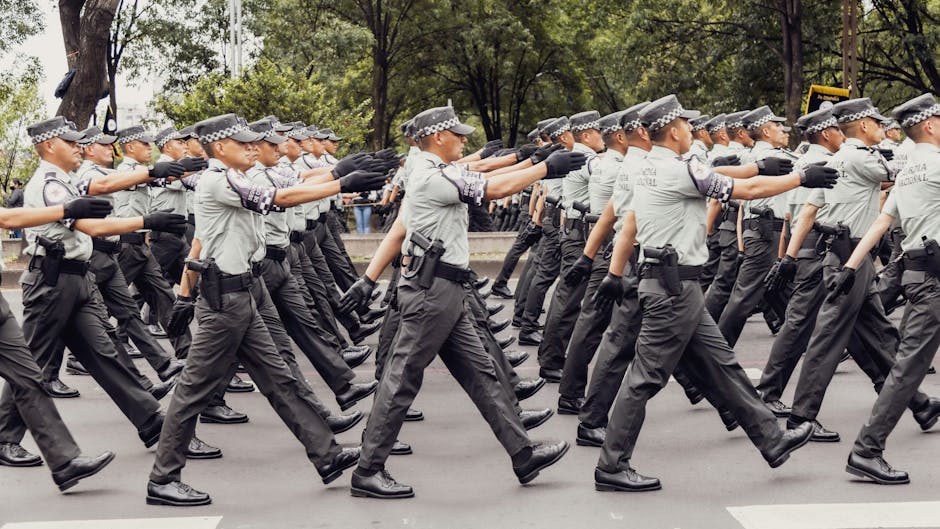
Local governments play a vital role too. They can tailor regulations to fit their unique needs. For instance, a city with heavy traffic might focus on reducing vehicle emissions. Meanwhile, a rural area may focus on agricultural practices that release pollutants.
Local governments can:
- Implement zoning laws that limit industrial development in residential areas.
- Encourage green spaces, like parks, which help absorb pollutants.
- Promote initiatives like No-Idling Zones near schools to reduce local air pollution.
These localized efforts often lead to more effective solutions. They address the specific needs of the community while enhancing overall air quality.
What Challenges Do Governments Face?
Despite their efforts, governments encounter several challenges in air quality regulation. One significant issue is balancing economic growth with environmental protection.
Industries often argue that strict regulations can hurt their business. They claim that compliance is too costly and can lead to job losses. Governments must navigate these concerns while ensuring public health and safety.
Another challenge is public awareness. Many people may not understand how their daily activities impact air quality. Without widespread knowledge, it’s tough to gain support for new regulations or programs.
What Can You Do for Better Air Quality?
While the government plays a crucial role, we all have a part to play in improving air quality. Here are some actions you can take:
- Reduce Vehicle Use: Use public transportation, bike, or walk whenever possible.
- Conserve Energy: Turn off lights and unplug devices when not in use.
- Support Clean Air Initiatives: Get involved in local efforts to promote clean air policies.
- Stay Informed: Keep up with local air quality reports and advocate for healthier practices.
Your actions can help drive change at the community level. Together we can push for better air quality regulations and practices.
Conclusion: The Importance of Collaboration
In conclusion, government regulation plays an essential role in maintaining air quality. Through setting standards, monitoring pollution, and enforcing regulations, they help protect public health and the environment. However, these efforts are most effective when combined with public participation and local initiatives.
By understanding the role of government and taking individual action, we can all contribute to cleaner air. Remember, air quality affects us all. Lets work together towards a healthier future.
For more details on air quality standards, visit the EPA’s website.



